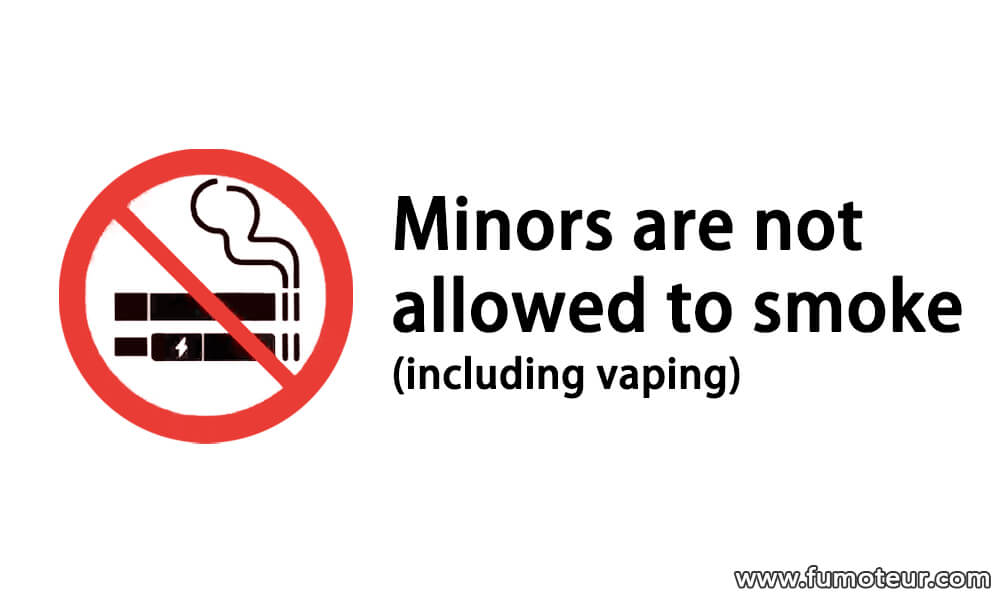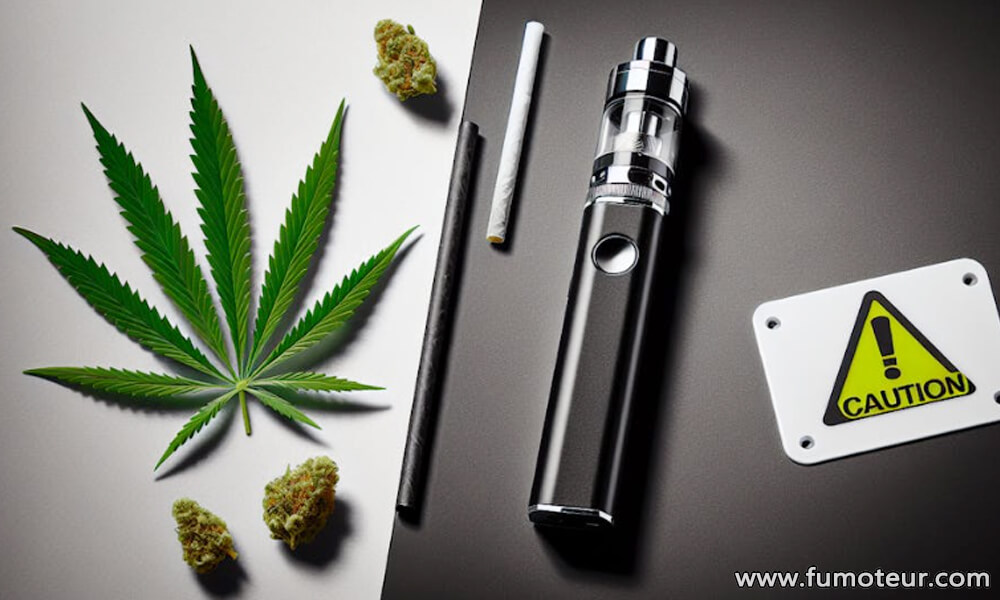Vape Travel Guide: Regulations for Airplane, Car and High-Speed Rail Use
Why are there restrictions on the use of vape on transportation?
1. Security considerations
When using vape, it affects the comfort and security of those around you. The generated odor or steam may be mistaken for a fire.
If the vape battery encounters a short circuit, overheating or failure, it may cause a fire. Battery safety is also an important issue.
2. Laws and Regulations
The transportation departments of many countries and regions regard vape as an item similar to traditional cigarettes and impose unified restrictions.
Using a vape on public transport is generally the same behavior as smoking, and the smoking ban on public transport will also apply to vaping.
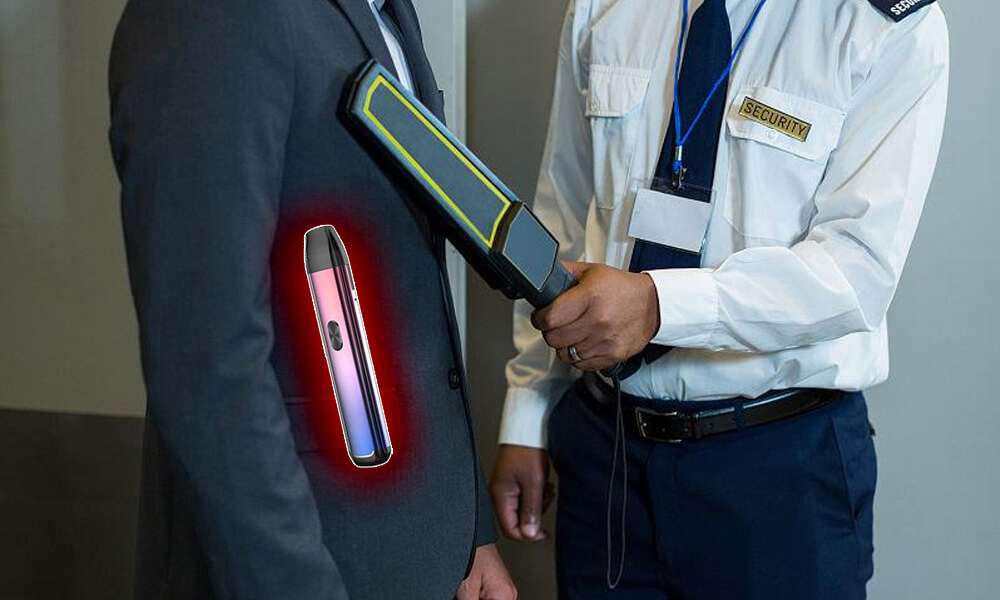
How is vape carrying different from traditional cigarettes?
1. Portability
Traditional cigarettes: Traditional cigarettes do not contain any electronic components or liquids. They are just tobacco products, so there is no need to worry when carrying them.
Vape: In addition to liquid e-liquid and atomizer, vape also contains batteries, which poses some minimal safety hazards.
2. Security inspection regulations
Traditional cigarettes: Traditional cigarettes are generally not subject to special restrictions at security checks and can be carried in luggage or carry-on bags.
Vape: Generally considered an electronic device during security checks, it must be placed in carry-on luggage and is not allowed in checked luggage. Due to the battery, it is often required that the vape be placed with other electronic devices (such as mobile phones, laptops, etc.).
3. Carrying restrictions
Traditional cigarettes: There is no liquid involved in cigarettes themselves, so there are no similar restrictions on carrying them. Just be careful if you exceed the allowed number of cigarettes (especially when crossing borders).
Vape: Vape usually requires e-liquid, and most of these e-liquids are liquid. When traveling internationally, there are often clear restrictions on carrying liquid items (for example, each bottle of liquid cannot exceed 100ml). Therefore, when carrying vape liquids, special attention should be paid to whether they comply with the relevant regulations on carrying liquids.
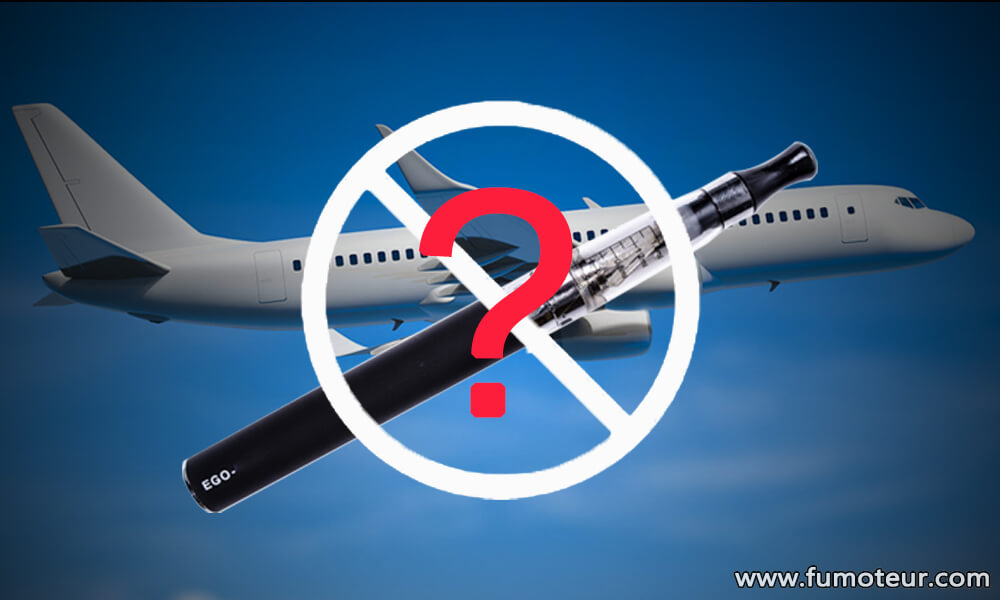
Can vape be carried and used on the plane?
Vapes can be brought onto the plane, but they cannot be used. Here are some things to note:
1. Must be carried with you
Vapes are usually required to be carried in carry-on luggage rather than checked. This is because vapes contain batteries, which can cause safety issues on airplanes if they are damaged or malfunction, especially lithium batteries. Therefore, the vape’s battery needs to be kept within a range that can be monitored at all times.
2. Battery requirements
If you are traveling with a vape device with a built-in battery, the battery must be carried in your carry-on luggage and not checked. Some airlines require batteries and equipment to be packaged separately and protected to prevent battery short circuits or other safety hazards.
3. Liquid restrictions
If there is liquid e-liquid in the vape, it will be subject to airline liquid carry-on restrictions. Generally, each bottle of liquid items must not exceed 100 ml, and the liquid must be placed in a transparent plastic bag. Each passenger can only carry a total amount of liquid not exceeding 1 liter. Therefore, vape e-liquids also need to comply with these restrictions.
4. Prohibited use
There are clear regulations prohibiting smoking on airplanes, and vaping is also prohibited. Using a vape in the cabin violates airline regulations and may result in fines or other penalties.
5. International flights and regional regulations
On international flights, in addition to following airline regulations, you also need to pay attention to the regulations of different countries and regions. Some countries and regions have stricter regulations on the carriage and use of vapes, and in some places, vapes may even be prohibited from being brought into the country.
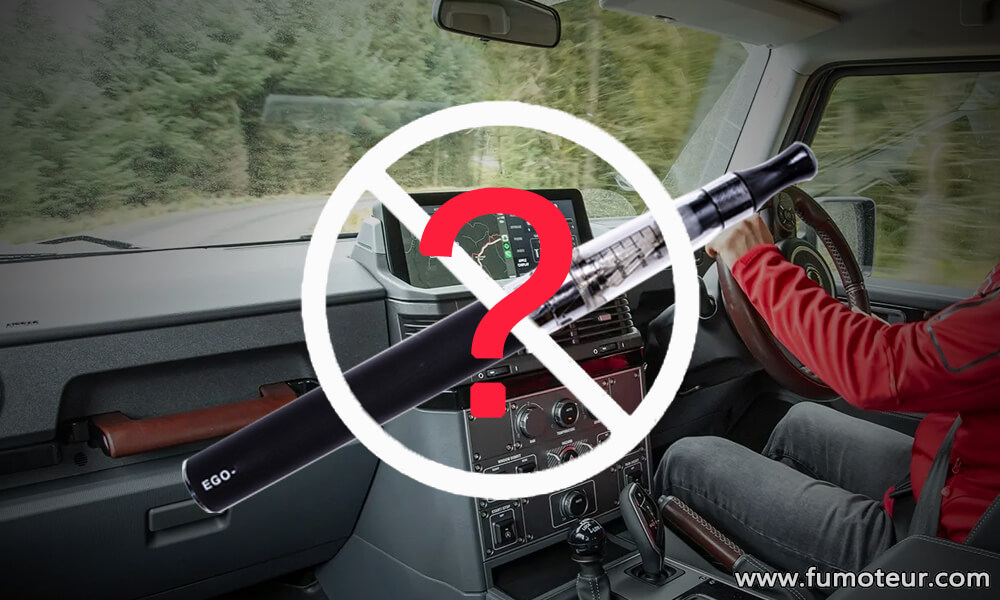
Can a vape be carried and used in a car?
Carrying and using vapes in private vehicles is generally allowed, with a few caveats:
1. Personal vehicle
In a private car, you are free to vape, and there are generally no laws or regulations restricting car owners from using vapes in their cars.
2. Car rental and car sharing
If you are driving a rental car or using a shared car, you should understand the relevant regulations of the rental company or sharing platform before using vape. Many car rental companies and ride-sharing service platforms have clear prohibitions on smoking in cars, which may include vaping. Even if it does not produce the smoke of traditional cigarettes, it may be considered a violation due to odor and other reasons.
3. Driver health and safety
Although the aerosol of a vape is not equivalent to traditional cigarette smoke, using a vape while driving may be distracting and affect driving safety. For your own safety and the safety of others, it is recommended to avoid vaping while driving, especially on sections of road that require concentration.
4. Legal restrictions (some areas)
Some areas may have special regulations regarding vaping in the car, especially if there are minors in the car. In some countries and regions, vehicle owners may face laws prohibiting the use of vapes when minors are in the vehicle. Therefore, it is best to understand the relevant local regulations before traveling.
5. Passenger comfort
Even though from a legal perspective, the use of vapes in the car is allowed, considering the feelings of other passengers in the car, it is best to communicate with the passengers whether vaping is allowed. Although the aerosol of vape is lighter than cigarette smoke, some people may be uncomfortable with the aerosol or dislike the aroma in the car.
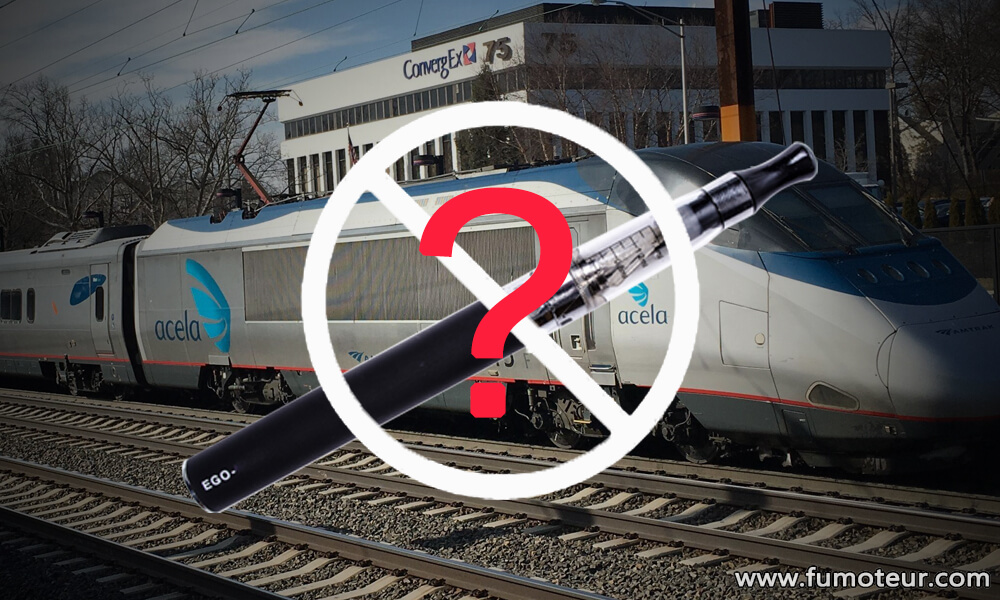
Can you use vape on the high-speed rail?
You can carry vapes on high-speed trains, but you need to check whether there is a smoking area before using them.
1. High-speed rail anti-smoking policy
The smoking ban in high-speed rail carriages is not limited to traditional cigarettes, but also covers vapes. Since vape produces aerosol (steam), it may affect the comfort of other passengers, even cause misunderstandings or cause discomfort.
2. Establishment of smoking areas
On some high-speed trains, there may be designated smoking areas. You can use vape in these designated areas, but it is absolutely prohibited to use it in the passenger compartment.
Precautions for carrying and using vape when traveling across borders
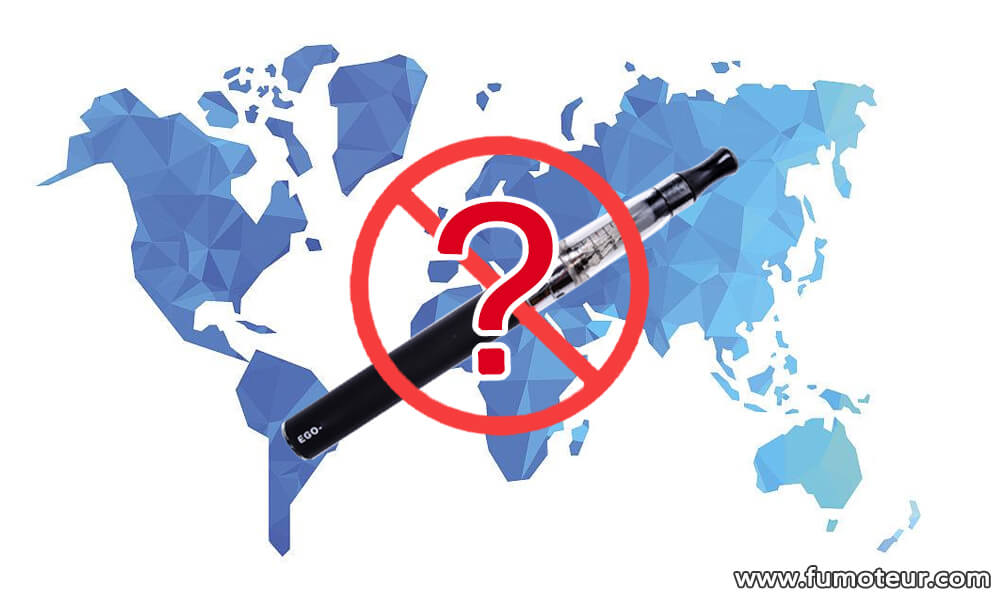
1. Know your destination’s vape regulations
Each country and region has different laws and regulations on vaping. When traveling across borders, be sure to understand the relevant policies of your destination in advance. Some countries and regions are very strict about the use and carrying of vapes, or even completely prohibit them.
2. Restrictions on carrying liquid e-juice
Each bottle of liquid must not exceed 100ml (usually containers under 100ml). All liquids (including e-liquids) must be placed in clear, resealable plastic bags, and the total capacity of the bag is usually limited to 1 liter. If you bring more than the prescribed amount of vape liquid, it may be confiscated.
3. Regulations on carrying vape batteries
Batteries must be placed in carry-on luggage and may not be checked. Batteries should take appropriate protective measures to prevent short circuits. For example, battery ports can be taped off to avoid contact with metal objects.
4. Customs inspection upon entry
In some countries, customs may inspect vapes brought into the country. Make sure your vape and e-liquid comply with the regulations of the country of entry to avoid problems upon entry.
5. Restrictions on using vape
In some countries or regions, even if vape is legal, there are strict venue restrictions when using it. For example, vaping may be prohibited in certain public places, restaurants, airports, or on transportation.
6. Things to note after entering the country
Once you arrive at your destination, check your destination’s vape sales and usage rules. Some countries may allow portability, but do not allow the use of vapes in public places or outside designated areas.
7. Be cautious when carrying a vape
If you are unsure of the specific policies of your destination, you can choose to minimize the number of vapes you bring, ensure that all equipment and e-liquids are within the carrying limit, and avoid violating local regulations without knowing it.

